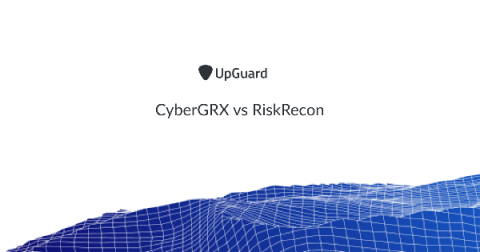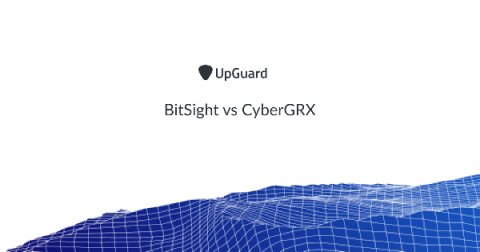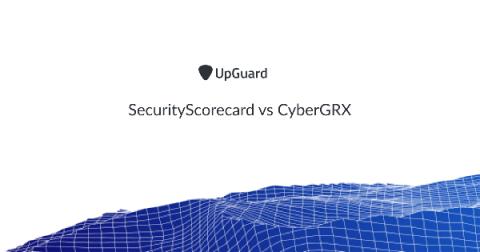RiskRecon vs Whistic Comparison
Organizations are taking on more cyber risk than ever before and a large part comes in the form of third-party and fourth-party risk. The news is inundated with data breaches and data leaks and the average cost of a data breach has reached nearly $4 million globally. It's safe to say that the financial cost alone is enough proof to start investing in tools to prevent data breaches. The unfortunate truth is third-parties cause data breaches.








